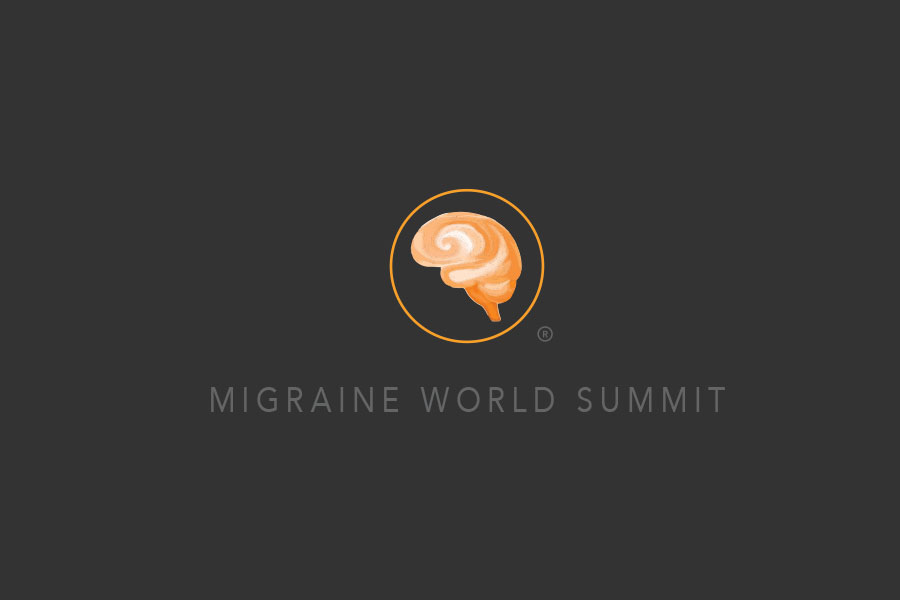Carl Cincinnato
Do you regularly wake up from headache or migraine in the morning? Does your headache change with your position? High- and low-pressure headaches are common types of headache disorders that can mimic migraine or tension-type headache. We went to a leading expert in the field, Dr. Deborah Friedman, to find out what they are, how you can tell the difference between them, and what you can do about them.
Dr. Deborah Friedman is an award-winning neurologist and headache specialist. She’s been elected to the Best Doctors in America regularly since 1998, and the U.S. News and World Report Top Doctors since 2011. Friedman is also professor of neurology and neurotherapeutics and ophthalmology at the University of Texas Southwestern Medical Center where she directs the Headache and Facial Pain Program, as well as the Integrated Project Team for intracranial pressure disorders. She also serves on the board of directors of the American Headache Society.
What are high- and low-pressure headaches?
Dr. Friedman: “High-pressure headache is a condition that results from a spinal fluid absorption problem. Thus far, there is no evidence that the brain is making too much spinal fluid. For some reason, though, the spinal fluid is not getting properly absorbed, resulting in an increase in pressure in the system.
Low-pressure headache is usually the result of a hole or tear in the dura in the spine. Most people who have this condition have normal pressure, though, so the name can be a bit misleading. With this type of headache, there is usually a small amount of spinal fluid that begins leaking out from the spine. At the same time, the brain does not adjust the spinal fluid production for the leak and continues to produce spinal fluid at the same rate it always does. Oftentimes, the pressure in the system goes down, the volume in the system goes down, and/or the elasticity of the dura of that membrane will actually change. So it’s not perfectly clear, similar to high pressure, exactly what’s happening in the system, but it causes a problem. One of the other causes of low-pressure headache is called a cerebrospinal fluid venous fistula. This occurs when there is an abnormal connection between the spinal fluid in the spine and a small vein that is right next to it. The spinal fluid will begin draining into the vein, thus resulting in a decrease in pressure in the system.”
What are the risk factors for high-pressure headache?
Dr. Friedman: “High-pressure headache is a condition that usually affects women who are considered to be of reproductive age — teen age through late 40s-50s — and they’re usually overweight or have recently gained weight. Other things that can lead to high-pressure headache include: various antibiotics and medications, wheat, coming off of corticosteroids, growth hormone replacement medications, and vitamin A derivatives.
For low-pressure headache, a major risk factor is trauma, and oftentimes, it is trivial trauma resulting from, for example: things that involve twisting movements like tennis, canoeing and fly fishing; yoga; lifting or straining; a bad cold that involves continuous coughing. And often, people who get this problem have joint hypermobility and are often double-jointed or they are incredibly flexible. The thinking is that whatever makes them super flexible, we assume that the same thing happens in their dura and it is a little more fragile than the average person’s, thus causing it to be prone to leakage.”
What are the symptoms of low-pressure headache and why is it often misdiagnosed as chronic migraine?
Dr. Friedman: “The first cause for misdiagnosis is the common symptom of headache. A low-pressure headache tends to have certain characteristics, although there is no specific headache type … it can be on one or both sides. The classic low-pressure headache is in the back of the head and in the neck and shoulders. Pain can even be in the face or jaw, but there is almost always a headache that is usually fairly severe.
Most people will describe one of two things: The first is that it is postural, meaning it is worse when they stand up and it’s better when they’re lying down. Often, this is how people find they can get relief. When their headache gets severe, they will lie down and eventually the headache will get better. The other thing people will often describe is that it gets more severe as the day progresses. There are also some other things that will affect the headache, and one of them is a valsalva maneuver which is simply bearing down and increasing the pressure in the abdomen. So we ask people, ‘Do your headaches get worse when you cough, when you sneeze, when you bear down, when you bend over, when you lift something, with singing, with laughing… sometimes with talking’… all of those with exertion.
None of those things is specific to low-pressure headache, and people with migraine often say the same thing when they’re having a migraine. Often people will have migrainous symptoms: sensitivity to light, sensitivity to noise, nausea, vomiting. Other common symptoms relate to the vestibular and the auditory system: tinnitus; problems with hearing; some people have problems with sense of taste or smell; some people get shoulder pain and back pain. All of these can make it difficult to distinguish migraine from low-pressure headache.”
Watch the full interview to find out:
What is postural headache?
What is cerebral spinal fluid (CSF)?
What are the symptoms of high-pressure headache?
What is papilledema and how is it used to diagnose high-pressure headache?
What is a spinal tap?
How is high-pressure headache treated?
What are the treatments for low pressure, or SIH?
Watch Dr. Deborah Friedman’s interview preview here or order it as part of the Migraine World Summit package from this page >>
If you previously purchased the 2019 Migraine World Summit, you are all set to login to watch the full interview.
Posted in: Migraine Education





